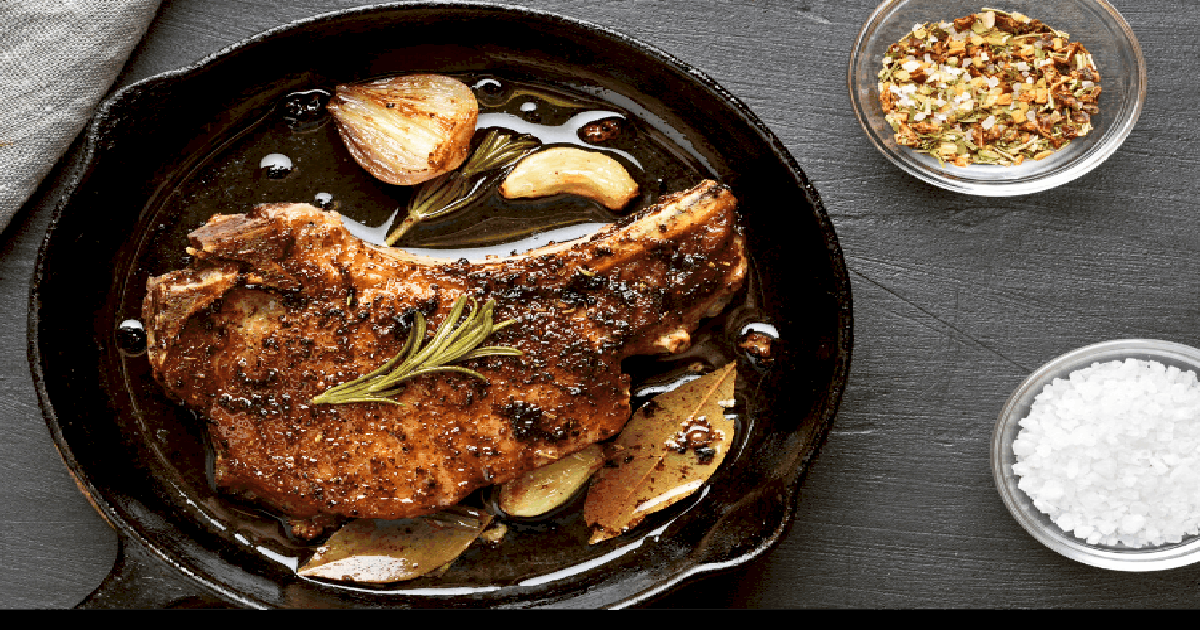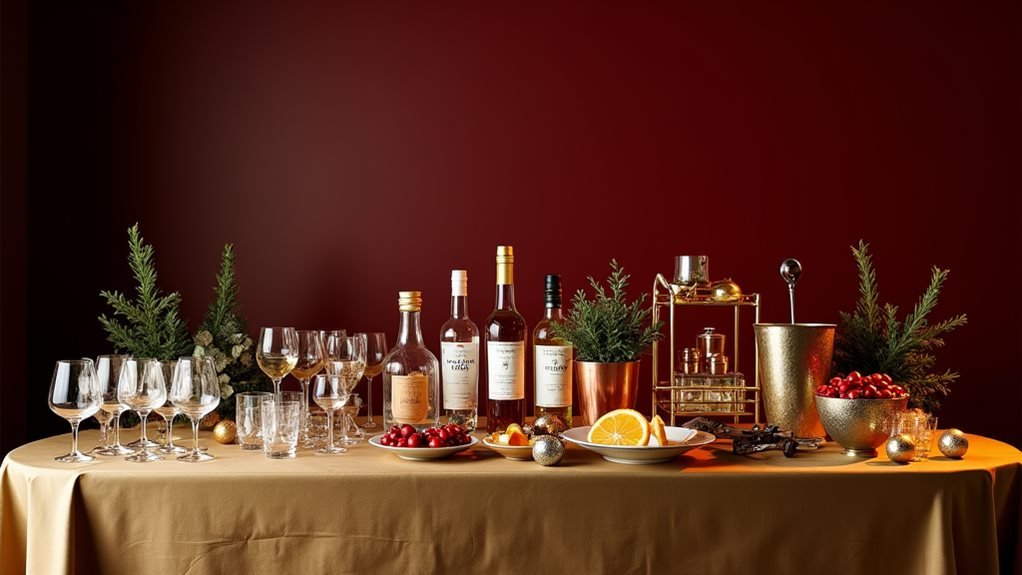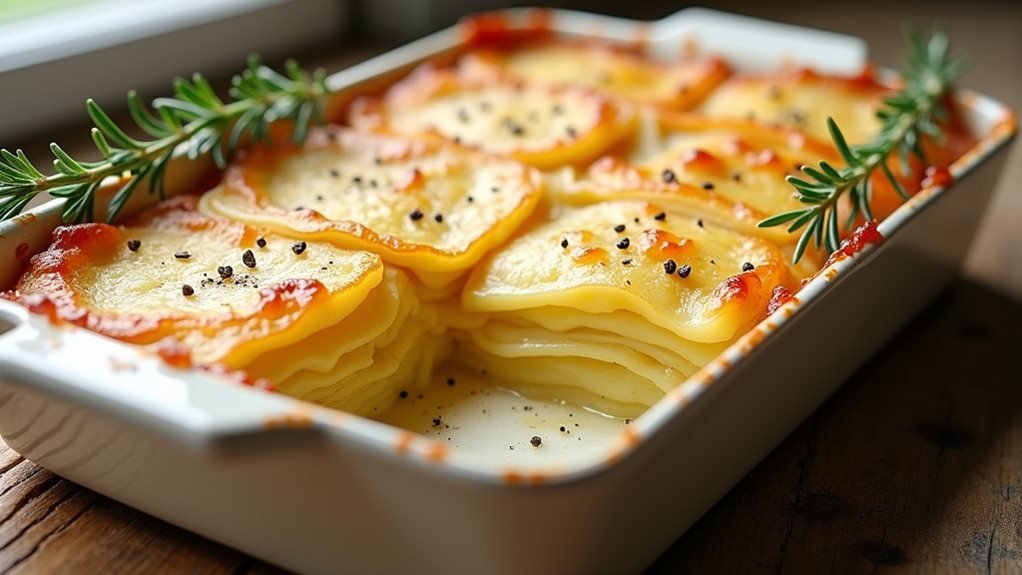Creating a restaurant-quality ribeye at home is absolutely possible with the right technique. With a cast iron skillet, a few simple ingredients, and some chef-tested methods, you can cook a ribeye that rivals what you’d find in a steakhouse. This guide draws on Gordon Ramsay’s approach, professional food science, and community-tested tips to help you master the pan-sear technique. See our Gordon Ramsay Beef Guide for more inspiration.
Step-by-Step Pan Sear Method (Without the Grill)
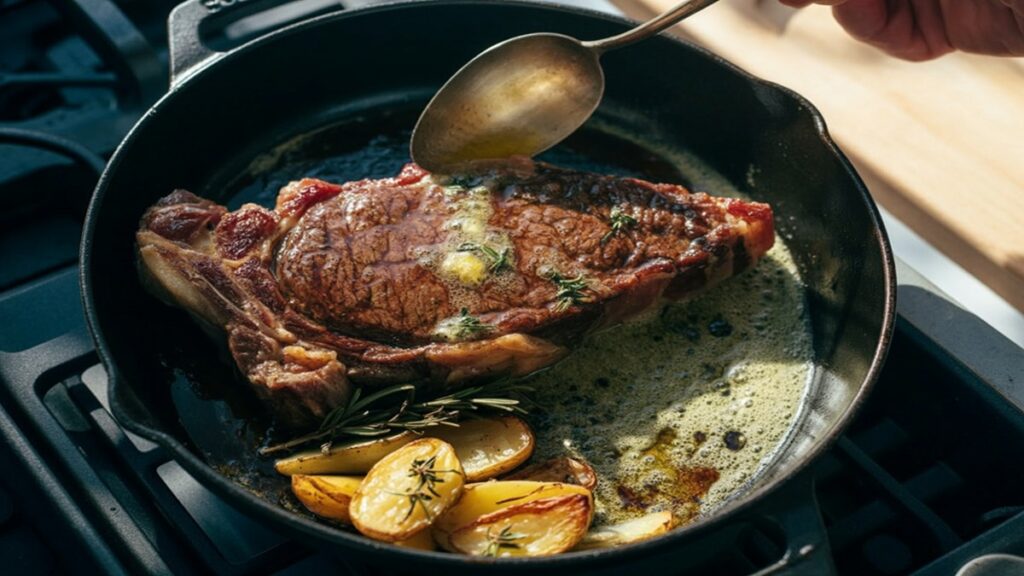
Preparing the Ribeye
Let your ribeye rest at room temperature for 20–30 minutes. This ensures even cooking. Season generously with kosher salt and cracked black pepper. About one-third of the seasoning will fall off in the pan, so a bold hand ensures the flavor sticks.
Preheating Your Cast Iron Skillet
Heat your skillet over high heat until it begins to smoke lightly. A properly heated cast iron pan guarantees that coveted crust.
Achieving the Perfect Sear
Add a small splash of high-smoke-point oil, such as canola or avocado. Lay the ribeye in the pan away from you to prevent splatter. Let it sear 2–3 minutes without moving until a golden-brown crust forms. Flip and repeat on the other side. Remember: no color, no flavor.
Butter Basting with Garlic & Herbs
Lower the heat slightly, then add butter, crushed garlic, and fresh rosemary or thyme. As the butter foams, tilt the skillet and spoon it over the ribeye repeatedly. This French basting method builds a nutty, aromatic layer of flavor.
Resting the Ribeye Before Serving
Once the ribeye reaches your desired doneness, transfer it to a board and rest for 8–10 minutes. This allows juices to redistribute, leaving the steak tender and succulent. Slice against the grain and serve.
For another great cut, see How to Cook Filet Mignon.
Steak Science — Temperatures, Timing & Maillard Reaction
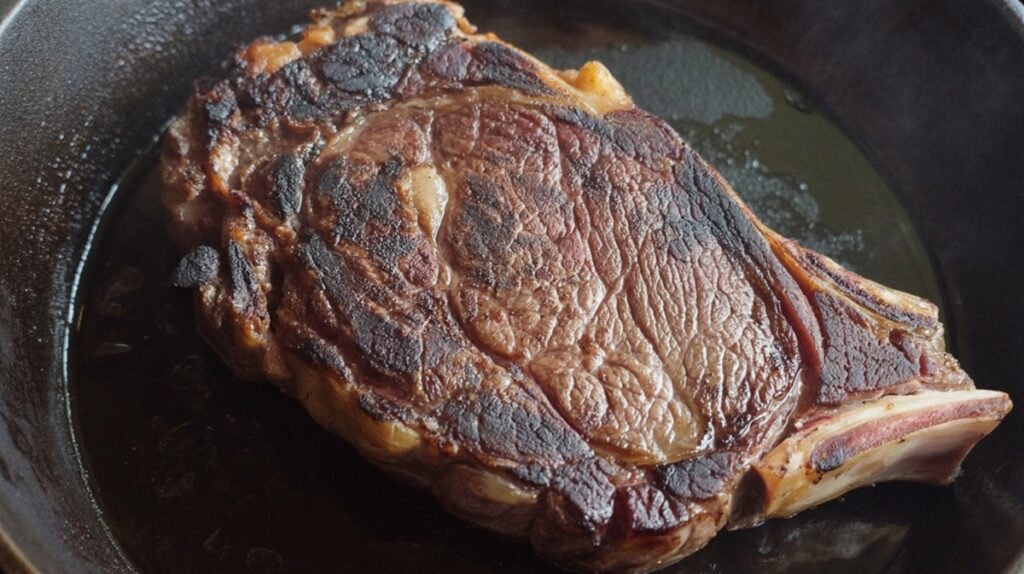
Understanding Doneness Levels
The USDA recommends a minimum internal temperature of 145°F, followed by a rest period. For culinary precision:
- Rare: 120–125°F
- Medium-Rare: 130–135°F
- Medium: 140–145°F
- Medium-Well: 150°F
- Well-Done: 160°F
Always verify food temperature with a thermometer for optimal food safety. Refer to the (USDA Temperature Chart).
Why the Maillard Reaction Creates Flavor
At around 300°F, the Maillard reaction transforms proteins into hundreds of new flavor compounds, producing the ribeye’s signature crust and aroma. This is why searing over high heat is essential.
Choosing the Right Oil vs Butter
Butter brings richness but burns easily. Start with oil to sear; finish with butter to baste. Some chefs also use clarified butter or beef tallow for stability and flavor.
See more steak tips here: Gordon Ramsay Tip: How to Cook Steak.
Chef Techniques — Tips from the Pros
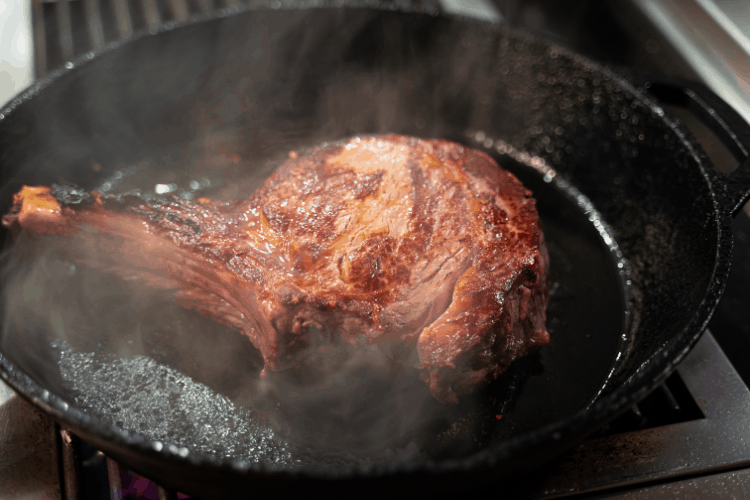
Gordon Ramsay emphasizes seasoning heavily, searing hard, and finishing with butter and aromatics. Some chefs prefer flipping once, while others recommend flipping every 30 to 60 seconds. One flip builds a stronger crust, while frequent flipping cooks more evenly with a thinner crust. Choose based on your preference.
Don’t overcrowd the pan — one ribeye at a time works best. Use a thermometer for accuracy, but the finger test can help in a pinch.
Community-tested insight: Reddit ribeye searing discussion. For a step-by-step demo, watch this Pan-Seared Ribeye Tutorial.

FAQs About Pan-Searing Ribeye
Do I need a thermometer, or is the finger test enough?
A thermometer is the most reliable tool, especially for beginners. The finger test compares steak firmness to the base of your thumb: index finger = rare, middle = medium-rare, ring = medium, pinky = well-done. It takes practice, but it helps in a pinch.
Can I use stainless steel instead of cast iron?
Yes, stainless steel can deliver a good sear, but it heats less evenly. For a consistent crust, cast iron remains the top choice.
Should I flip the ribeye once or multiple times?
One flip builds a stronger crust, while frequent flipping ensures more even cooking. Both are valid — choose based on your preference.
Explore more dishes in our Classic British Dishes or sample international flavors with Global Cuisines.
How We Tested
This guide was tested using a 1.5-inch USDA Choice ribeye, a Lodge cast-iron skillet, avocado oil for searing, and Kerrygold butter with rosemary for basting. Internal temperatures were checked using a ThermoPro digital thermometer across multiple trials.

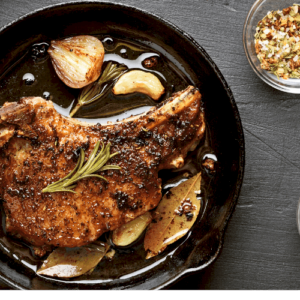
Cast Iron Ribeye Steak Recipe
Ingredients
- 1 16 0z. bone-out ribeye steak, 1 .5-In. thick
- 1 Tbsp. Canola oil to coat the pan
- Pinch Kosher salt and fresh ground black pepper to taste
- Herb Butter
Instructions
- Heat a 10-to-12-inch cast-iron skillet in a 500°F oven. Remove the ribeye from the refrigerator and bring it to room temperature.
- Once the oven reaches 500°F, remove the skillet from the oven and place it on the stove over high heat for 5 minutes. Lightly coat the steak with oil and season both sides with a large salt and black pepper pinch.
- Instantly place the ribeye in the center of the hot skillet. Sear for 30 seconds; don't move the ribeye. Turn the ribeye over and cook for an additional 2 minutes. (If you prefer medium-cooked steak, add a minute to each turn.) Turn over the steak with tongs and sear for 30 seconds, then place the skillet straight into the oven for 2 minutes.
- Place a pat of herb butter on top of the ribeye, remove the steak from the skillet, cover loosely with foil, and rest for 2 minutes as the butter melts.
Video
Notes
